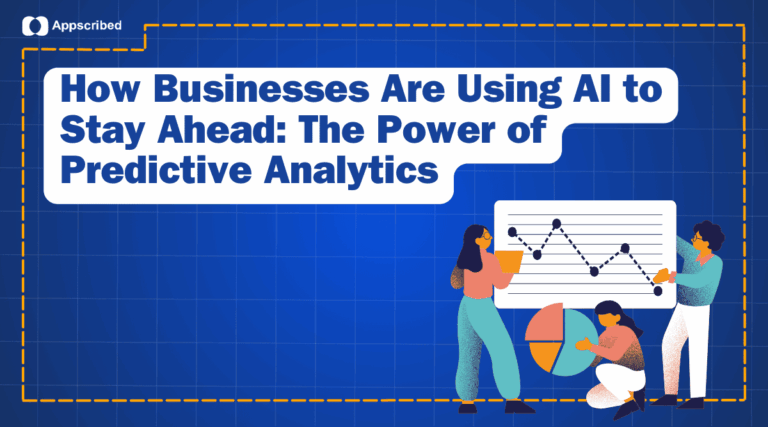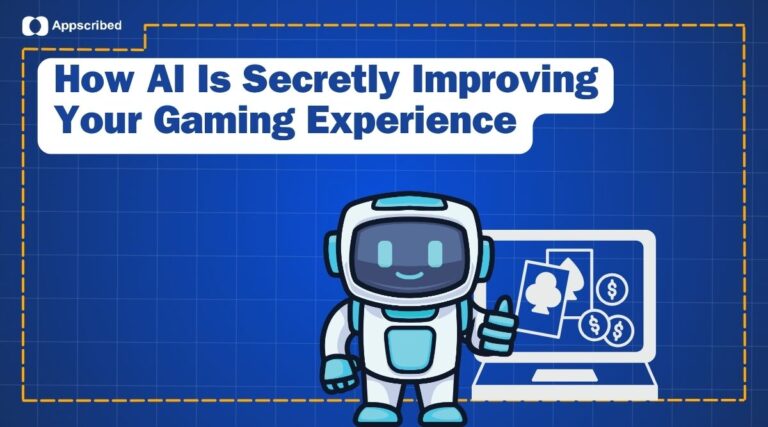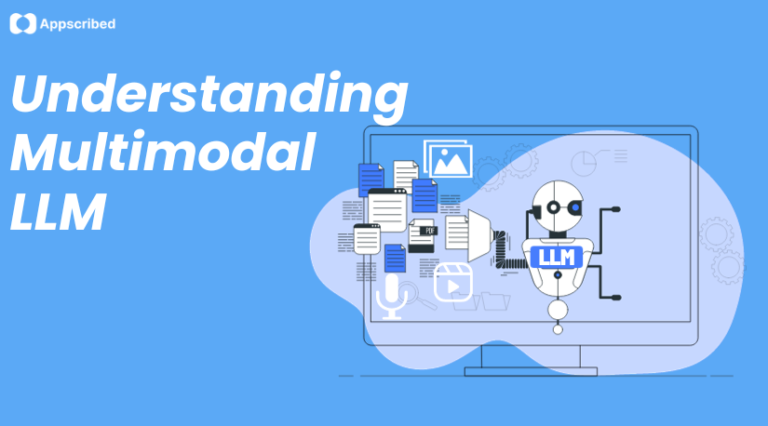As you probably already know, AI is here and it is changing how businesses operate in various industries. However, although we see AI in everything, from image generators to inventory tracking, the question is, where does artificial intelligence shine the most?
Since AI gets its power and intelligence from the data, it is safe to say that predictive analytics, business strategies, and future trends are where this technology is most useful for businesses.
Nowadays, AI-powered predictive analytics is making some big moves, and we’ve already seen plenty of businesses use this technology to outpace competitors with data-driven precision. But what’s the goal of this technology?
Well, each business holds valuable data (customer info, purchase time and season, returns, etc.), but this data is huge; you’ll need a powerful algorithm to find a connection between these data points, and make this data understandable.
Therefore, AI is used for predicting future trends, which allows businesses to cut down costs and enter a profitable market as early as possible. Let’s explore how businesses use this technology in predicting the future.
Forecasting Demand with Precision

One of the most difficult things for businesses is forecasting demand for a particular product. This is especially difficult when the company is investing in a new product that is still unknown to the audience, which means that there is no data to calculate demand.
However, AI predictive analytics can help businesses predict future trends and forecast demand with exceptional precision. But why is this important? Well, this can seriously cut down costs.
Think about it, if businesses knew how many products they would sell in the upcoming months, they wouldn’t produce more products, which would increase costs, not just for production but also for storage and inventory management.
Big brands like Walmart already leverage neural networks to analyze sales data, find patterns, and even social media trends, which can predict demand for products like sunscreen or swimsuits.
It is like performance prediction in a horse race. People get data like odds, a horse’s form, recent results, speed, and time on websites like TwinSpires, and then they use this data to predict the future performance of a horse.
Interesting read: AI In Strategy Card Games Knows Your Next Move: The Tech Behind
So, by forecasting demand, retailers can optimize supply chains, reduce waste and costs, and maintain healthy margins.
Customer Experience Matters Too
With competition brewing in almost every industry, one of the best ways to stand out as a business is to offer an exceptional customer experience. But we are not talking about a person who comes to you saying, “Do you need any help?”
We are talking about hyper-personalization shopping journeys, which weren’t possible a few years ago. But thanks to artificial intelligence, businesses can now analyze their customers’ demands and needs and use AI to make the experience more pleasant.
This is also happening in the e-commerce business, where AI-powered engines are looking through browsing history and purchase patterns to suggest the right products for you. This can drastically improve your customers’ user experience and therefore increase your sales.
Also Explore: AI Tools for E-commerce
AI In Manufacturing

If you run a business that makes its own products, then you already know how costly and time-consuming this process is. Plus, since businesses operate with expensive machines that cannot be turned on and off whenever you like, one little mistake can cost the business thousands of dollars.
Artificial intelligence here can smooth out the entire process. From working hours to tracking raw materials and using them efficiently, and predicting the right number of units needed, it is a real game changer.
But AI can also help businesses cut down unnecessary costs. How? Well, some companies are already using AI to monitor equipment sensors, which can eventually predict machine failures before they happen. This is something called predictive maintenance, which can save your business a lot of money.
Predictive Analytics for Risk Management
One of the most difficult parts of running a business is predicting risks, especially in the world of finance. Remember, we are here talking about organizations like banks and other financial institutions, where the profit margin is directly connected to their risk management.
That’s why many banks have transitioned to AI predictive analytics, which helps them assess credit risk, analyze unconventional data like utility payments, and even dive deeper into spending habits like where the person who wants a loan spends their money – groceries or gambling?
Analyzing so many data points is virtually impossible for a human being, which is why banks already use machine learning and AI algorithms to help them expedite the process and make more accurate risk assessments.
Democratized AI Tools
A major 2025 trend is the rise of user-friendly predictive analytics platforms, making AI accessible to non-experts. Tools like SAP Analytics Cloud and Microsoft Azure Machine Learning allow business analysts with basic SQL skills to build models, automating tasks like data prep and feature selection. This democratization cuts model development time by 40%, letting small businesses forecast sales or customer churn without hiring data scientists.
So, predictive analytics can be very useful for businesses. The only downside is that all AI algorithms rely on data, which means that your company must already collect data to get the benefits of AI predictions.













